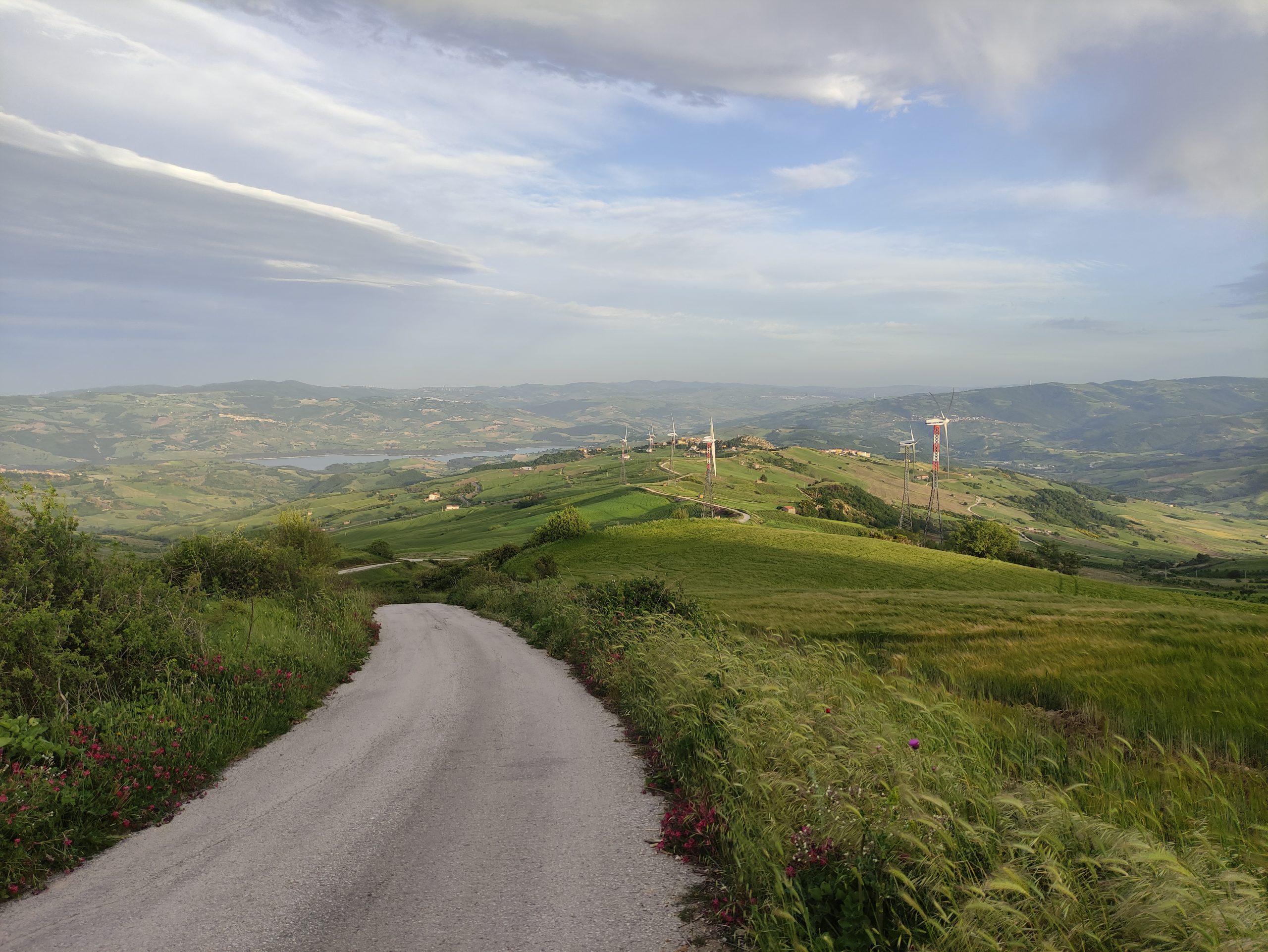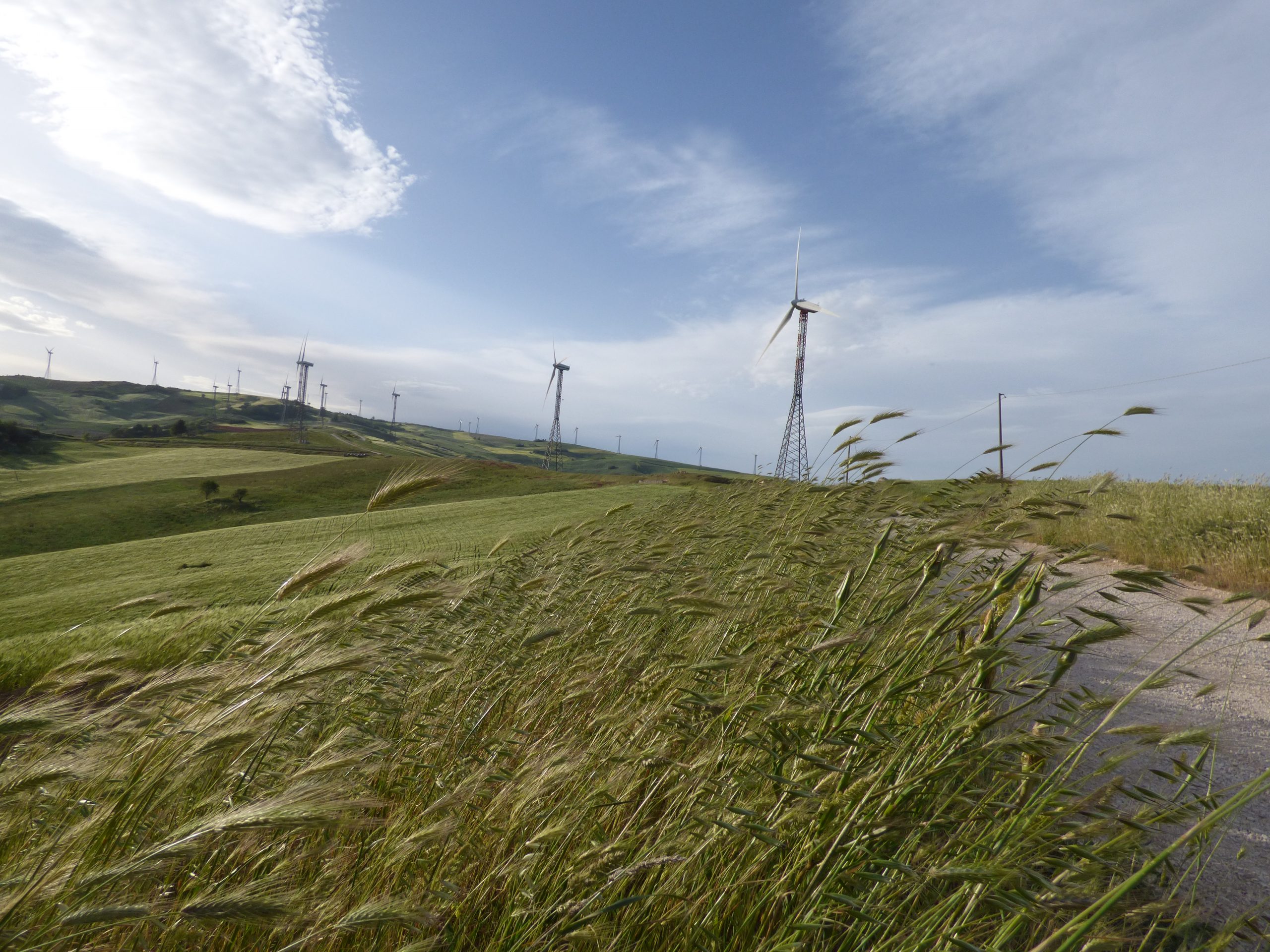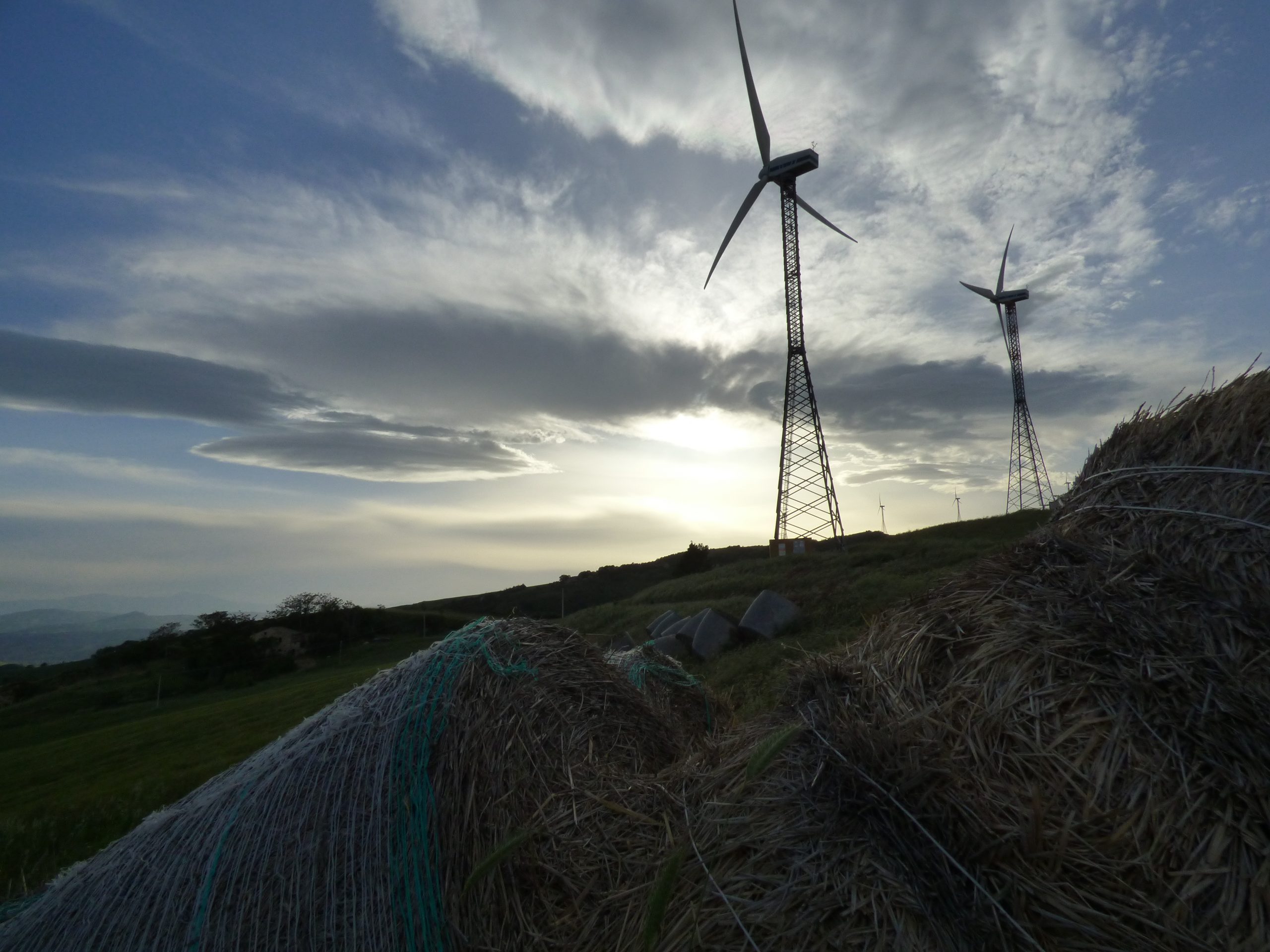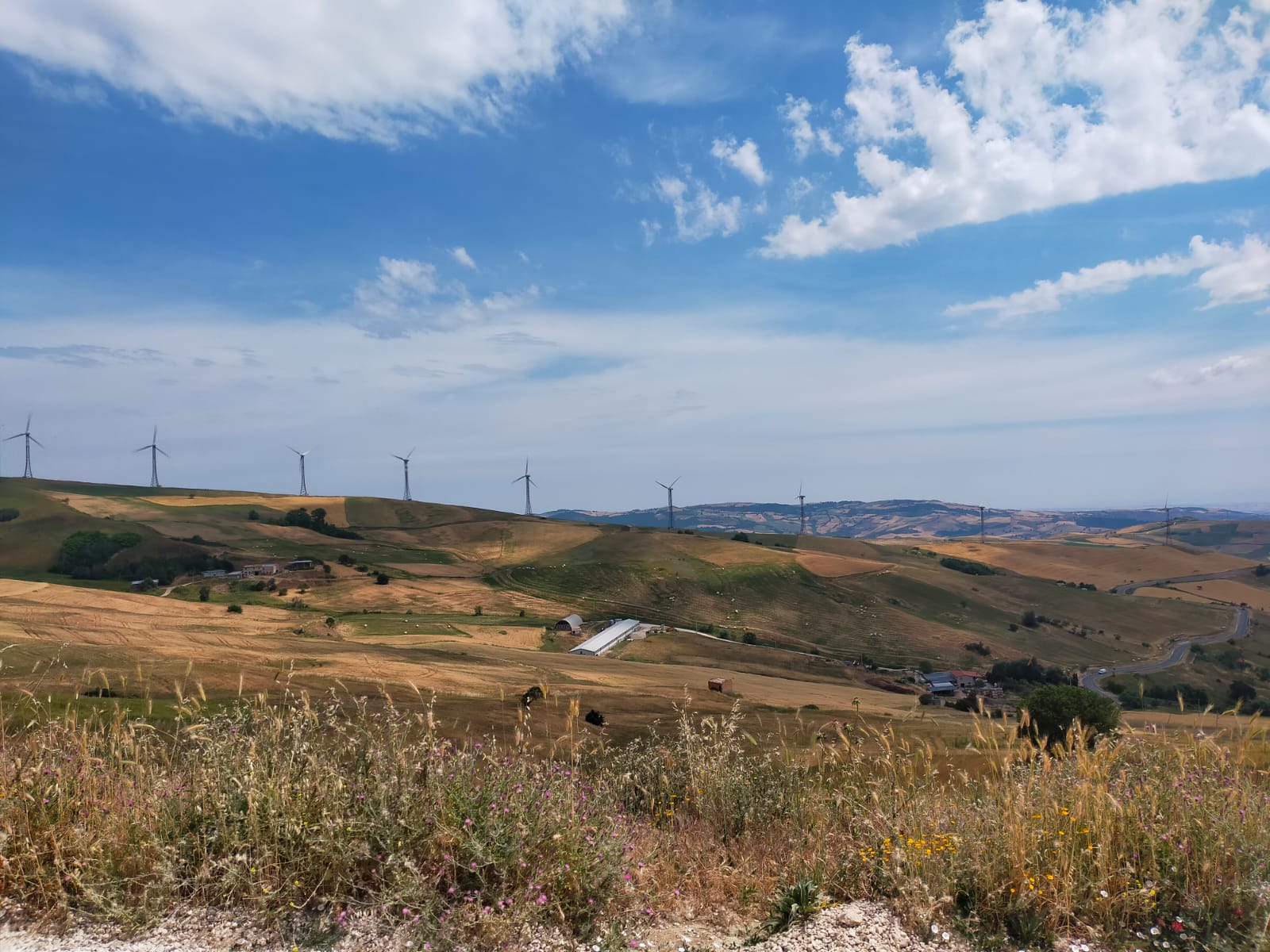Project Description
Fortore Molisano
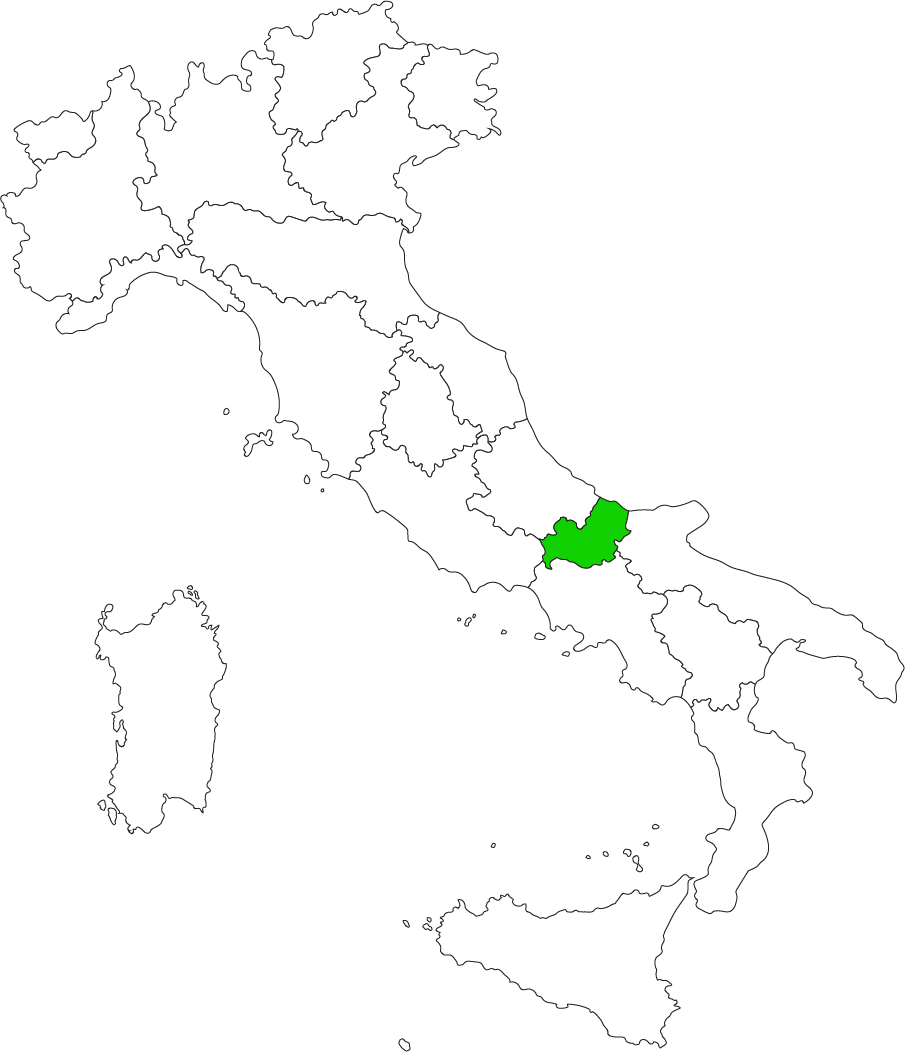
Fortore Molisano

Where it is
Bleached mountains, rocky landscapes, hillsides gently descending to the sea, hills that look towards the Tremiti Islands. And step by step, moving inland, we find old olive mills, windmills, farms, archaeological sites, such as Saepinum, ancient towns built on Roman foundations, grand castles and small medieval hamlets where time seems to have its own rules.
Despite the ironic scepticism of the inhabitants of Molise, there do exist, and many, stories to recount. Some go back to ancestral myths and thousand-year old mysteries, others tell of the beauty of the region and the pride of its people. A tough people, always used to getting by in some way.
| Legend |
|---|
 Wind Farm Wind Farm |
Browse the map and discover the places to visit, where to eat and where to stay, chosen by Legambiente
One of the most fascinating but less known areas of Molise is the Fortore Valley, in the province of Campobasso, where a series of small villages are scattered across the hills overseeing the valleys guardedly. Here, when the bora blows, the cutting wind that once powered the windmills, now drives the wind turbines spread out across the crests of the hills overlooking the villages.
The history
This is a land with an ancient history. It is here that, until the 19th century, the drovers used to move their herds from Abruzzo to the plains of Apulia following the seasonal cycles. The transhumance route that, today, you can do on foot or by bicycle following the drovers’ trails, green highways formed from the passage and trampling of the herds. One of the better preserved ones is the Cammino dei Sanniti, a modern pilgrimage route of 300 kilometres and divided into 16 stages from Abruzzo to Puglia Garganica, almost entirely following the original Regio Tratturo Castel Di Sangro-Lucera.
A slow journey, to discover diverse countryside and villages that have kept their traditions alive. One of these carries the name of Pietracatella, a small hamlet leaning against a morgia, the impressive masses of limestone and sandstone that date back millions of years when the sea covered the Apennines. The village, also known for hosting a literary contest dedicated to Fabrizio de André, deserves a visit even if only for the San Giacomo Church, which houses the oldest wooden crucifix in Molise dating from the 13th-14th century. Leaving Pietracatella, a visit to the local dairy “Come una volta” is worthwhile, where you can try km0 super-fresh cheese.
Villages to visit
Another historical village is Macchia Valfortore, a place that has ended up in the history books following the “Congiura di Macchia”, the attempted conspiracy by some of the Neapolitan nobility in 1701 to support the Hapsburgs against the Spanish Viceroys, later to be narrated by the philosopher, Giambattista Vico, in the “De coniuratione partenopea”. Perched on a hill surrounded by olive groves and fruit orchards, the village, which marks the geographical border between Apulia and Molise – the Apulian accent can be heard in the dialect, softer and more musical, and its flavours in some of its dishes – overlooks the banks of Lake Occhito. It is one of the largest artificial lakes in Europe, a naturalistic wonder constructed at the end of the fifties for irrigation purposes with funds from the Marshall Plan.
Awaiting the go-ahead for an eco-sustainable navigation, today you can walk or cycle around the lake. However, if you have even just a minimum knowledge of horse-riding, we suggest participating in one of the trips organised by Occhito Riding Holidays, an association set up by two local companies. Accompanied by experienced guides you sleep under the stars, learning about the most varied species of mammals and birds and, of course, trying the local traditional products. Speaking of food. In Macchia, the locals boast of producing the best cavatelli (type of pasta) in the area, the true pride of Molise. “Lighter, and thinner, without using potatoes. So, another thing altogether”, ensures the mayor. It is cooked with fresh tomatoes or turnip greens. Inter-regional contamination always begins at the table.
However, the realm of pasta can be found at Sant’Elia a Pianisi, another small hill village overlooked by the wind turbines. One of the historical figures of the village is Signora Lucia, who after having sold drinks door- to-door for decades, she turned to catering, and today manages with her family the restaurant-pizzeria Twins, enthusiastically frequented by all the valley. Exuberant, friendly, a chatterbox, if you drop by to find her, other than having cooked cavatelli for you, her way, with a sausage sauce, she will certainly regale you with some unusual and entertaining stories about the young Padre Pio, who for a period attended the Capuchin Monastery in the village. The traces of the saint of Pietrelcina appear to be found in almost more places than those purported to bars Hemingway frequented.
Art and Museums
If, instead, you are in search of something unusual, you will find something curious in Campolieto, where for a few years now, in the ethno-anthropological museum, a Museum of Artificial Fireworks has been set up. It has a permanent exhibition, “Disegnare nel Cielo”, that exhibits objects from the fireworks laboratory of Francesco Paolo Paradiso, 19th century master of the art of pirotechnics. From Campolieto, in 20 minutes, you reach Casacalenda, a village of 2,500 souls where history encounters the contemporary. Walking through the medieval centre, with its little churches and glimpses of the green valley below, you suddenly find yourself in front of the permanent works of the open-air museum of Kalenarte. Artists such as Hidetoshi Nagasawa, Adrian Tranquilli, Claudio Palmieri and Costas Varotsos have left their creations here.
However, it is in the summer that Casacalenda turns into a large open-air cinematographic stage. For 19 years now, the Festival MoliseCinema has taken place here, with a programme of short films, documentaries, feature films, retrospectives, exhibitions and meetings, transforming the squares and narrow streets of the village for a week. Thanks to the success of this event, the old cinema has also been reopened, proof of how small centres can be relaunched through cultural initiatives.
A look towards the sea
Instead, for those who have had enough of wandering around the hinterland, and have a sudden desire for sea breezes, we advise you head to nearby Termoli. A former fishing village where you can eat the delicious pappone, an old recipe eaten by fishermen’s families and traditionally cooked directly on the boats. Also here, nearly everyone has a more or less mythological story to recount. Whether it’s true or has just been passed down from one person to another in an old tavern is not so important, it’s all part of the game. The oldest myth tells that Termoli was founded by Diomede, one of the main heroes of the Trojan Wars, then later founder of Adriatic civilisations.
Growing old, he took refuge on the Tremiti Islands and, on his death, Aphrodite, moved by compassion for the pain of his companions shocked by the death of the valiant commander (according to Virgil it was for revenge), she transformed him into sea birds with wide wing spans (diomedee), famous for their funerary lament very similar to that of the sailors crying for their hero. A story, also recounted in a scene from “8 e ½” by Federico Fellini.

